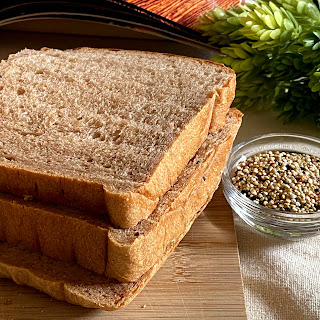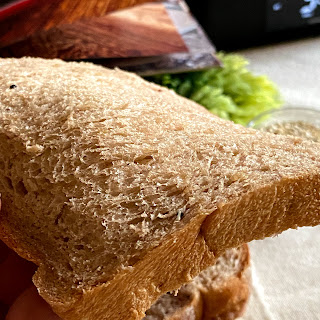A simple dessert made of mini pandan flavoured sago pearls served with fragrant palm sugar syrup and thick coconut cream. Easy to prepare, yet taste heavenly delicious 😋
Update: 14 April 2021
The sago pudding can be served in small cups, too 😃
Servings: 4 persons
Sago Pudding Ingredients
60g mini sago pearls
1 blade pandan leaf
Palm Sugar Syrup Ingredients
25g palm sugar, finely chopped
10g hot water
Coconut Cream Ingredients
65ml coconut cream
30g low-fat milk/water
1/8 tsp salt, or salt to taste
1/4 tsp glutinous rice flour/potato starch
10g water
Directions
1. Soak 60g of mini sago pearl with about 130g of water, or submerge the sago pearls just below water level. Let the sago pearls soak for about 30 to 60 minutes, or till the sago pearls raise above the water level.
 |
| Beginning of soaking. |
 |
| End of soaking. |
 |
| End of simmering, almost all the sago pearls turn clear. |
3. Pour the sago pearls into a big sieve. Rinse the sago pearls under running water, till the sago pearls are clear from any starchy liquid.
5. While waiting for the sago pearls to cool in the fridge, melt 25g of palm sugar with 10g of hot water in a small pan. Transfer the smooth syrup to a small pouring jug, and keep aside.
6. Heat coconut cream with low-fat milk in a small pan till the mixture starts to boil.
7. For a more presentable plating, invert out the sago pearl cake onto a small dish.
You can pour the palm sugar syrup and coconut cream into the bowl without transferring the sago pearl cake out. And serve straight with the bowl.















































































